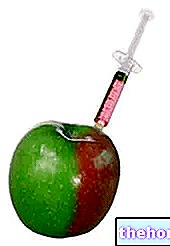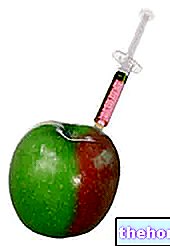Calcium phosphate is the calcium salt of phosphoric acid; it is an acidity regulator and mainly intervenes to optimize the baking process. It is also used to bind metal ions (thanks to its chelating action), to increase the "activity of antioxidants and to stabilize the structure of canned vegetables.
In turn, it is divided into the various calcium salts of phosphoric acid:
- E341 a CALCIUM MONO-ORTHOPHOSPHATE
Calcium mono-orthophosphate is a compound produced synthetically starting from phosphoric acid.
It can be mainly contained in powders for sweets, blends for gastronomic specialties, etc.
There are currently no known negative side effects.
ADI DOSE: 70 mg per kg of body weight.
- E341 b CALCIUM DI-ORTHOPHOSPHATE
Calcium di-orthophosphate is a compound produced synthetically starting from phosphoric acid.
It can be mainly contained in fillings for packaged cherry tarts etc.
There are currently no known negative side effects.
ADI DOSE: 70 mg per kg of body weight.
- E341c CALCIUM TRI-ORTHOPHOSPHATE
Calcium tri-orthophosphate is a compound produced synthetically from phosphoric acid; it can be present in various products, mainly in mixes for cakes and bakery products.
To ward off a calcium deficiency, its use is limited (even if the ADI dose is high) as it avidly binds calcium.
There are currently no known negative side effects.
ADI DOSE: 70 mg per kg of body weight.
E341b is used as a polishing substance in toothpastes, while E341c is mainly used in powders to prevent lump formation.
E321





























